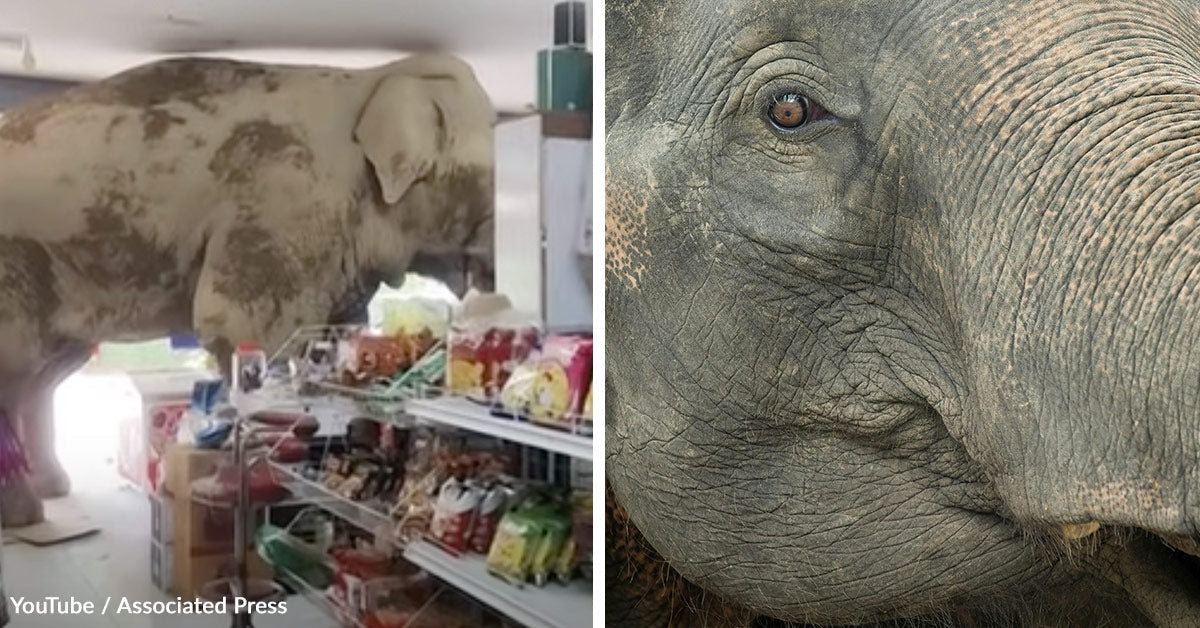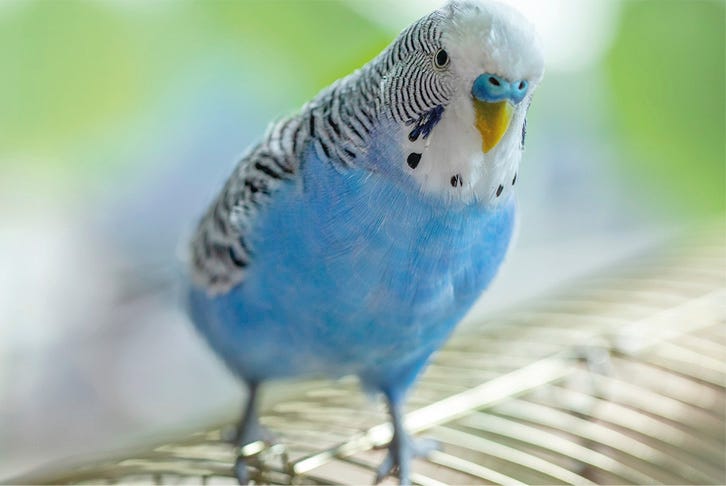Flocking South: The Survival Strategies Behind Swallow Migration
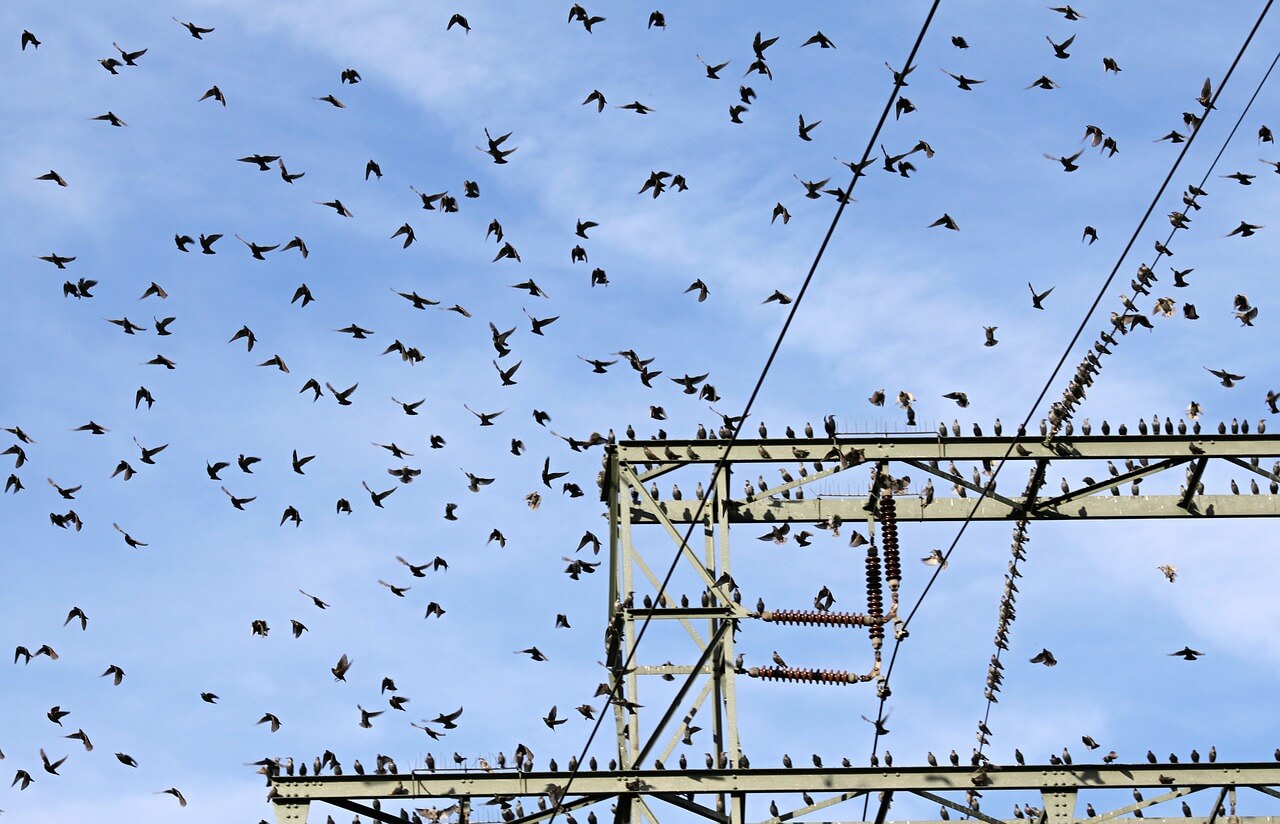

Overview of Swallow Migration
What Triggers Swallow Migration
Swallows embark on their extensive migratory journey largely due to environmental cues. Changes in daylight and temperature signal the approach of winter, prompting them to seek warmer climates.
- Light Levels: Longer days stimulate hormonal changes.
- Temperature Drops: Cooler weather drives them south to find food.
Personal anecdotes illustrate how local swallows can suddenly vanish, leaving behind just the sounds of their chatter.
Importance of Migration for Swallows
Migration holds immense significance for swallows, allowing them to:
- Access abundant food sources.
- Reproduce in suitable environments.
- Avoid harsh winter conditions.
This seasonal journey is not merely a trip; it supports their survival and encourages biodiversity, ensuring the continuation of their populations. Observing these birds migrate can offer a humbling reminder of nature’s resilience.
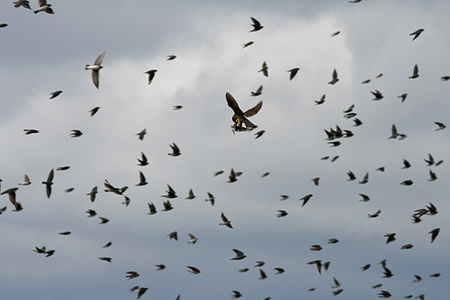
Factors Influencing Migration Patterns
Environmental Factors
In addition to hormonal triggers, swallows’ migration patterns are heavily influenced by environmental factors. For instance, local weather conditions like wind patterns and temperature fluctuations can dictate their travel routes.
- Weather Systems: Favorable tailwinds can streamline their journey.
- Resource Availability: Changes in food supply can prompt earlier migration.
Witnessing swallows darting against a backdrop of changing skies serves as a reminder of their adaptability.
Biological Factors
Biological factors also play a crucial role in migration. Swallows have innate instincts that guide them yearly.
- Genetic Traits: Specific genes influence migratory behaviors.
- Age and Experience: Older swallows often have more efficient routes.
For many birdwatchers, spotting returning swallows each spring feels like a reunion, celebrating their remarkable resilience shaped by both environmental and biological influences.

Adaptations for Long-Distance Flight
Physiological Adaptations
Swallows are exceptionally equipped for their long journeys, thanks to a combination of physiological adaptations. These birds boast streamlined bodies and strong wing muscles that enhance their aerodynamics and endurance.
- Lightweight Bones: Hollow bones reduce body weight.
- Efficient Respiratory Systems: Enhanced oxygen uptake boosts stamina.
Watching a swallow effortlessly soar can feel like witnessing nature’s engineering marvel.
Behavioral Adaptations
In addition to physiological traits, behavioral adaptations are equally impressive. Swallows exhibit strategic behaviors that optimize their migration experiences.
- Timely Departure: They leave before harsh weather strikes.
- Group Flying: Migrating in flocks enhances safety and efficiency.
Personal observations of swallows flying in synchronized patterns highlight their social instincts and adaptability, proving that together, they thrive during their epic journeys.
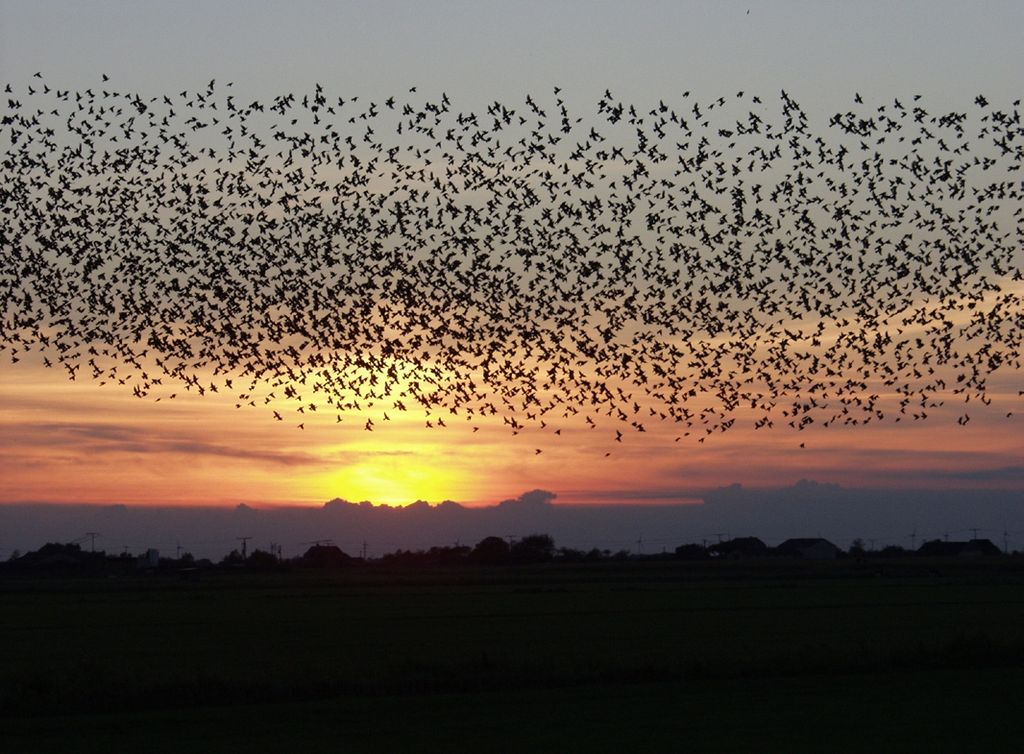
Navigation and Orientation
How Swallows Navigate
Swallows possess remarkable navigation skills that guide them through vast distances. They primarily rely on various natural cues to find their way.
- Sun Positioning: They use the sun’s movement during the day.
- Magnetic Fields: Some studies suggest swallows can sense the Earth’s magnetic fields.
Personal observations of swallows arriving at familiar nesting sites highlight their incredible navigational prowess.
Orientation Strategies
In addition to their navigational abilities, swallows utilize effective orientation strategies to maintain their flight paths.
- Landmarks: Familiar geographical features help them stay on course.
- Wind Patterns: They adapt to winds, adjusting their flight altitude.
Witnessing swallows keenly navigating through changing landscapes serves as a testament to their adaptability and intelligence, showcasing their evolutionary journey.

Challenges During Migration
Predation Risks
Despite their majestic flights, swallows face significant challenges during migration. Predation risks are heightened as they travel long distances, making them vulnerable to various enemies.
- Birds of Prey: Hawks and falcons often target migrating swallows.
- Weather Effects: Storms reduce visibility, increasing chances of predation.
Watching swallows dart away from potential threats showcases their agility and the dangers they face along the way.
Habitat Loss
Another pressing challenge is habitat loss, which threatens these migratory birds’ survival. As land development increases, suitable nesting sites and food resources diminish.
- Urbanization: Expanding cities encroach on natural habitats.
- Agricultural Practices: Pesticides and monocultures reduce food availability.
Witnessing swallows struggle to find suitable habitats emphasizes the urgent need for conservation efforts to support their migratory journey and protect their ecosystems.

Conservation Efforts
Importance of Conservation
Recognizing the challenges swallows face, conservation efforts are crucial for ensuring their survival. Protecting these birds is not only about preserving a species; it contributes to maintaining healthy ecosystems.
- Biodiversity: Swallows help control insect populations.
- Ecosystem Balance: They serve as indicators of environmental health.
When observing swallows gracefully gliding, it’s a reminder of our shared responsibility to protect their habitats.
Initiatives to Protect Swallows
Several initiatives are underway aimed at safeguarding swallow populations and their environments.
- Habitat Restoration: Projects focus on restoring wetlands and natural landscapes.
- Public Awareness Campaigns: Educating communities about the importance of swallows and promoting bird-friendly practices.
Engaging in local conservation activities not only helps swallows but also fosters a sense of connection to nature, encouraging a diversified ecosystem for generations to come.

Future Directions in Migration Research
Technological Advancements
As researchers strive to understand swallow migration better, technological advancements are paving the way for new discoveries. Innovations in tracking devices allow scientists to gather real-time data on migration patterns.
- GPS Tagging: Provides precise routes and stopover points.
- Remote Sensing: Monitors environmental factors affecting their journeys.
It’s fascinating to think about how technology could unlock the mysteries of these agile travelers.
Unanswered Questions
Despite significant progress, many unanswered questions remain regarding swallow migration. Researchers are eager to explore areas like:
- Adaptation Mechanisms: How do swallows adjust to changing climates?
- Survival Strategies: What hidden threats do they face during migration?
The quest for answers sparks curiosity within birdwatchers and scientists alike, motivating efforts to uncover the intricacies of these magnificent birds’ journeys.
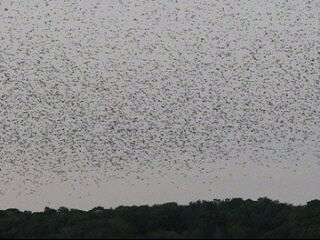
Conclusion
Summary of Survival Strategies
In summary, swallows employ a remarkable array of survival strategies that enhance their chances during migration. From physiological adaptations like lightweight bones to sophisticated navigation techniques and behavioral modifications, these birds are truly resilient.
- Environmental Awareness: Responding to changing climates.
- Social Behaviors: Utilizing flocking for protection.
Every spring, the return of these vibrant creatures reminds us of their incredible journey.
Significance of Swallow Migration
The significance of swallow migration extends far beyond the birds themselves. Their travels contribute to ecological balance and biodiversity, making them essential indicators of environmental health.
Seeing swallows soar through the sky not only brings joy but also highlights our collective responsibility to protect their migratory routes and habitats, fostering a sustainable future for all wildlife.


